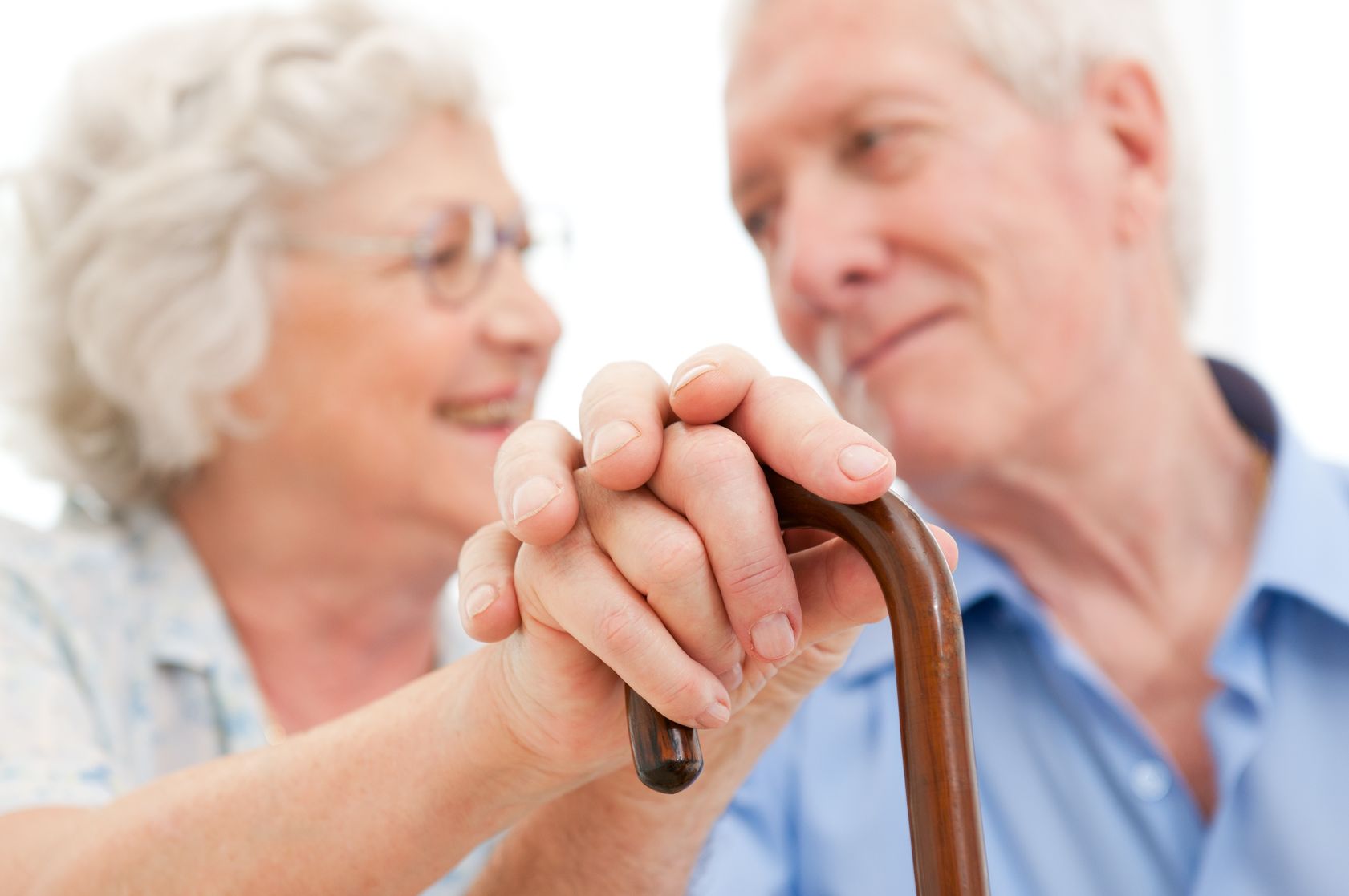If you have a senior living with you or you care for a senior who still lives in their own home, there are important safety threats you need to know about! Have you checked their living space for safety hazards? Are they protected against the many dangers that lurk about their home? Seniors who live at home face a multitude of perils that younger people rarely even think about. Discover numerous hidden hazards that you’ve probably never even thought about and valuable tips for making their living space safe and comfortable again.
Probably the greatest threat that seniors face is falling. As adults age their bones become weaker, brittle and much more susceptible to breakage. Seniors also experience muscle loss and a significant decrease in agility. It becomes more difficult for the elderly to bend over, step over things, and in general their sense of balance can be compromised. Although falls are rarely dangerous for the young, older people can suffer serious harm from a simple stumble. Let’s examine some senior home safety tips; what to look for and how to correct these threats to the seniors in your life.
Organize their space
A significant cause of falls for seniors is room clutter. I think we probably all know a senior who doesn’t want to part with anything. When too many things are stacked, stored or strewn about the room, navigating the space becomes difficult for the even the most agile and balanced among us. For seniors, a cluttered room can be a minefield. Once you get rid of all the unnecessary junk (watch a hoarding show on television if you’re confused about what to get rid of), you can organize the rest on shelves or in cabinets.
Eliminate cords
A cordless home is a haven for seniors. Cordless phones serve a dual purpose for senior safety. They not only eliminate phone cords stretched around the room, it’s much easier to keep a cordless handset close at hand. Just think about how many trips to answer the telephone could be saved by putting a handset next to a senior’s favorite chair or in the basket of their walker. Cordless phones usually come with several extra bases and handsets which makes it easy to set up in each room. Plug in a base close to an electrical outlet and keep the cord hidden away behind furniture. They are truly an asset for your safety arsenal
Upgrade tired furniture
Old furniture that is too low or sags can make it difficult for seniors to just get on and off the sofa. The unsteadiness and imbalance that seniors experience could make it tricky to even sit down, never mind to get back up again, which can most certainly lead to a fall. Replace worn out pieces of furniture with new or newer pieces. Even better, opt for furniture that is specifically designed for seniors and the disabled. If budget restraints keep you from buying new, check out secondhand stores or online resources like Craigslist and Kijiji. You can get some really good deals on gently used furniture if you know where to look!
Inspect Flooring
You really want to make sure that you take a good look at the flooring in a senior’s living space. Is there proper transition pieces between different type of flooring areas (i.e. hardwood or tiled areas to carpeted areas)? Something to note is that seniors will often try to cover up flooring imperfections with area rugs because they are unable to fix floors themselves and can’t afford to have them fixed professionally; they are not aware that trying to cover up imperfections is only compounding the problem.
Make sure area rugs are secured properly or ideally, remove them entirely. If you can’t remove area or throw rugs, be sure they have a rubber backing or tack them down to keep them in place. Inspect laminate flooring for any wear or curling on the corners and have it fixed or replaced. Be sure that hardwood flooring is in good shape and fix any uneven boards. You will also want to inspect tiled flooring to be sure none of the tiles are loose or cracked. Old dated flooring in disrepair can be a nightmare for the elderly but you can often find quick simple solutions to fix problem areas that don’t require a lot of money.
Essentially, anything you can do to clear the path, eliminate trips and ease the transition from sitting to standing will vastly reduce the threat of falling for seniors. Imagine yourself living in their space with the health issues I have mentioned and consider what would be perilous to you. If you don’t have any seniors living at home right now, don’t forget that one day you will be doing this for yourself!
Article Source: http://EzineArticles.com/6086671

